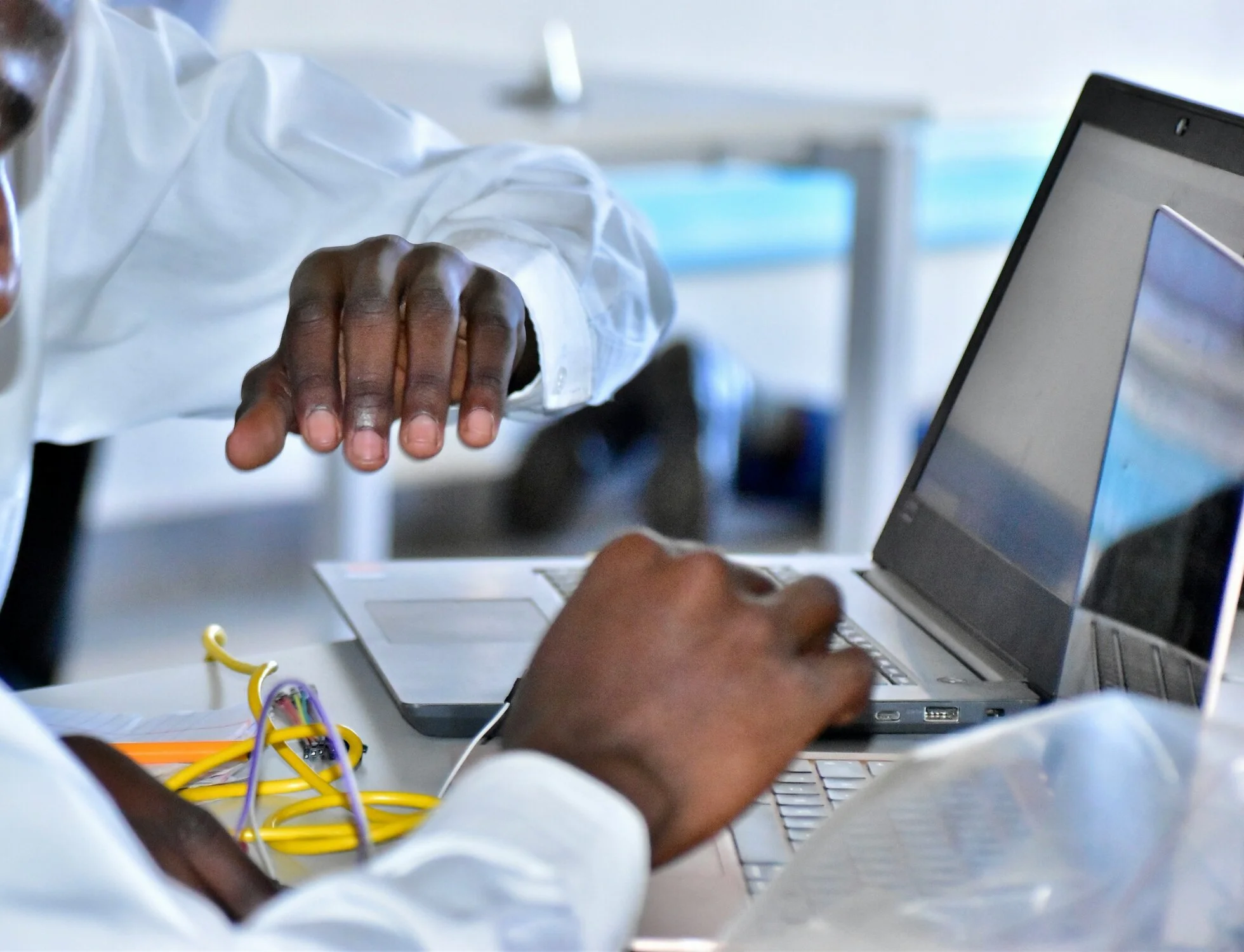The Benefits of AI Human Augmentation
To finish this series of articles on AI human augmentation, I want to outline the benefits of AI human augmentation and draw a conclusion on the way forward.
I believe there’s absolutely no doubt that results can be outstanding when humans and AI work together in a thoughtful, integrated manner.
Both individuals and organisations experience various benefits from augmenting human skills with AI.
At the employee level, AI human augmentation drives higher productivity.
Workers save time on automated tasks to focus on innovation and analysis.
The insights surfaced by AI also inform better decision-making.
Creative roles like design see heightened creativity and experimentation. For example, AI tools can generate numerous logo drafts for a human designer to curate and refine based on aesthetic judgment. Human creativity is amplified.
Customer service and marketing functions become more empathetic and personalised when AI handles data-heavy tasks while staff provide the human touch.
Customers get better experiences through this teamwork.
At the organisational level, companies adopting human-AI augmentation report increased revenues, cost savings, improved products, and faster operations than competitors. This becomes a competitive advantage.
While AI excels at automating repetitive work and analysing data, there are some uniquely human capabilities that AI can’t yet match.
This is why AI should be seen as complementary - not competitive - to human skills.
AI Human Augmentation can only work really well, when we first understand what it means to be Human. Photo TRG Unsplash.
Humans provide oversight, supervision, and quality control to ensure AI systems function properly. AI lacks the reasoning, judgment, and contextual understanding people apply when reviewing and validating machine outputs.
Interpersonal skills like persuasion, leadership, comedy, negotiation, counselling, and teaching are still dominated by humans. The social/emotional intelligence of people far outstrips even the most advanced AI prototypes today.
We’ll need human oversight on societal and policy decisions until algorithms can effectively mimic human behaviours like ethics, emotions, empathy, politics, culture, and bias. Some tasks require a human “heart and soul,” not just raw intelligence.
By combining the respective strengths of both human and machine intelligence, tasks are accomplished with greater speed, precision, and care. AI sharpens human thinking, while humans instil values into AI systems.
Symbiotically, they achieve better outcomes than either could produce independently.
In conclusion therefore, rather than competing against artificial intelligence, we need to collaborate with it.
AI should enhance how humans perform meaningful work, not substitute for them fully.
Together, augmented by each other, human and AI capabilities far surpass the sum of their parts.
I hope you’ve enjoyed this series of blogs on AI human augmentation.
If you need further information about these approaches, or any other resilience topic, please contact russell@theresiliencecoach.co.uk.

